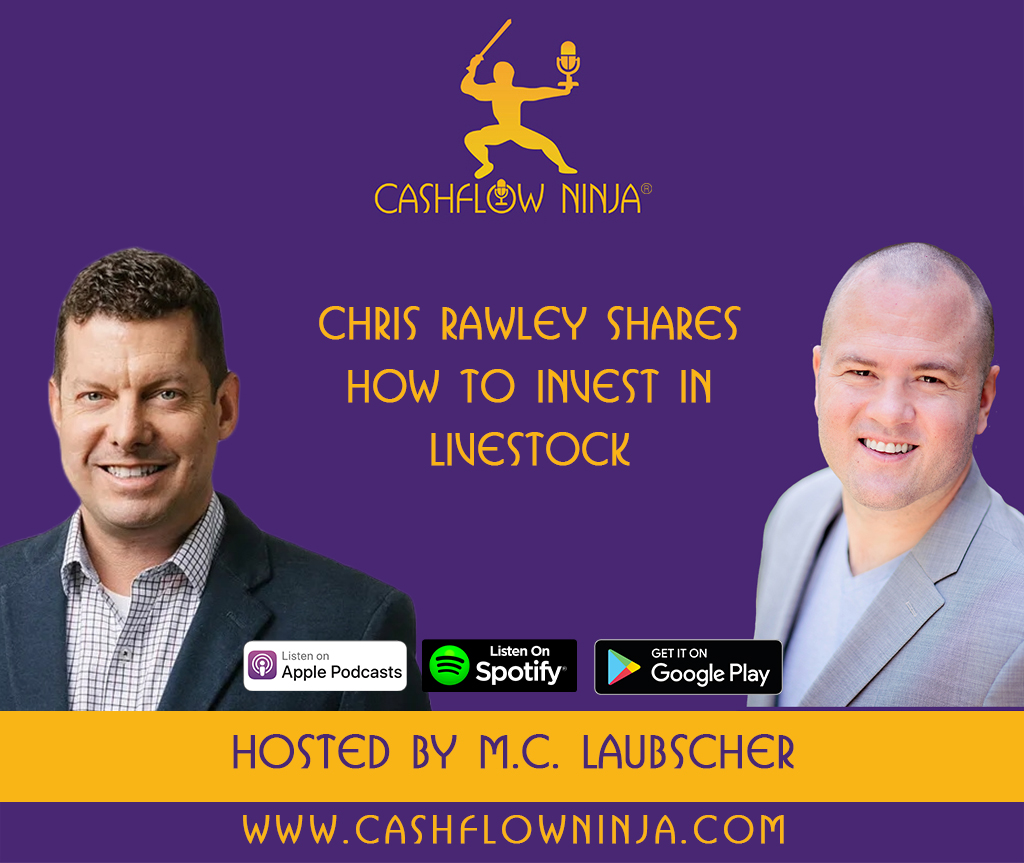
Initial Public Offerings (IPOs) are when a private company becomes a publicly traded entity by offering its shares to the public for the first time. This transition from private to public ownership is a significant milestone for any company. The decision to go public can be driven by various factors, including the desire to raise capital for business expansion, provide liquidity for shareholders, or enhance the company’s public profile.
Once a company decides to pursue an IPO, it selects investment banks to act as underwriters. These underwriters are tasked with valuing the company, determining the initial price of the shares, and ultimately selling these shares to investors. To comply with regulatory requirements, the company and its underwriters prepare a registration statement and a detailed prospectus, which is then filed with regulatory bodies like the U.S. Securities and Exchange Commission (SEC). This prospectus includes comprehensive information about the company’s business model, financial status, associated risks, and management structure.
The IPO’s initial offering price is set by the underwriters in collaboration with the company, based on factors such as the company’s valuation, the prevailing market conditions, and investor demand. Before the IPO, the company and its underwriters conduct a roadshow to meet with potential investors, including institutional investors and mutual funds, to pitch the company and generate interest in the offering.
Following the determination of the offering price, shares are allocated to investors. While a significant portion of the shares is often allocated to large institutional investors, retail investors also have the opportunity to participate in the IPO. On the IPO date, the company’s shares begin trading on a public stock exchange, with the opening public price potentially differing from the offering price, influenced by market demand.
After the IPO, the company entered a post-IPO period where it faced public reporting requirements and increased scrutiny from investors and regulators. The share price may fluctuate, reflecting the company’s performance, market conditions, and investor sentiment. The IPO process is a complex and significant undertaking that can offer opportunities for growth and expansion, but it also brings new responsibilities and challenges for the newly public company.
Why Invest In IPOs?
Investors are drawn to IPOs (Initial Public Offerings) for various reasons, driven by diverse goals and expectations. One major attraction is the potential for high returns; many investors are enticed by the possibility of significant short-term gains, especially if a company is highly anticipated and well-received by the market. A substantial rise in share price on the first day of trading can offer quick profits to those who invest early.
Another reason investors participate in IPOs is to tap into long-term growth opportunities. By investing in companies they believe have strong potential for future expansion and success, investors aim to benefit from the company’s long-term growth. IPOs also provide an opportunity for portfolio diversification, offering new and potentially unique investment options not previously available in the public market.
Access to new industries or technologies is another draw for IPO investors. They are often attracted to emerging industries, innovative technologies, or new business models, mainly when investing in cutting-edge companies or sectors. High-profile companies with strong brand recognition also generate significant interest when they go public, attracting investors who wish to be part of a company’s story they admire or whose products and services they use.
For some companies, especially those in niche markets or with unique value propositions, their IPO may represent the first opportunity for investors to gain exposure to their business. Market sentiment and hype can also influence the decision to invest in an IPO, with investors sometimes feeling a sense of urgency to participate due to fear of missing out (FOMO) on potential gains.
Lastly, institutional investors such as mutual funds or venture capitalists might invest in IPOs strategically. This could be to build or maintain a company relationship or support their broader investment strategy. While IPOs can offer various advantages, investors should be aware of the risks involved, such as market volatility and the lack of historical performance data. They should conduct thorough research and consideration before participating.
The IPO Ecosystem
The IPO (Initial Public Offering) ecosystem is a complex network comprising a wide range of participants and processes, all of which play a vital role in helping a private company transition to a public entity. At the heart of this ecosystem is the company going public. Its management team and board of directors decide to pursue an IPO to raise capital, increase visibility, or provide liquidity to shareholders.
Investment banks and underwriters are pivotal in the IPO process. The company hires these entities to value it, determine the IPO price, and market the shares to potential investors. They guide the IPO strategy, structure the offering, and assist in navigating regulatory requirements. Regulatory bodies like the U.S. Securities and Exchange Commission (SEC) oversee the IPO process to ensure legal and financial disclosure compliance. They review the company’s registration statement and prospectus to confirm that all essential information is disclosed to investors.
Legal and accounting firms are also integral to preparing for an IPO. Lawyers manage legal aspects, including drafting the registration statement and ensuring securities law compliance, while accountants audit the company’s financial statements and assist in preparing the prospectus.
Institutional investors, including mutual, pension, and hedge funds, often form a substantial portion of the buyers in an IPO. They have the capital to invest in large shares and are key players in an IPO’s success. Retail investors also participate in IPOs, though typically with access to a smaller share portion. Online brokerage platforms have made it more accessible for retail investors to engage in IPOs.
Stock exchanges, such as the New York Stock Exchange (NYSE) or NASDAQ, play a crucial role post-IPO, where the company’s shares are listed and traded. These exchanges provide the trading platform and ensure regulatory compliance. Market makers and traders then facilitate the buying and selling shares on the stock exchange, maintaining liquidity and setting market prices.
Financial analysts and the media closely follow IPOs, providing analysis, commentary, and publicity. Their perspectives can significantly influence investor sentiment and affect the IPO’s performance. Finally, existing shareholders, including founders, venture capitalists, and employees with stock options, are significant stakeholders in the IPO process. An IPO often provides them an exit strategy or an opportunity to monetize their investments. This diverse group of participants and their interconnected roles make the IPO ecosystem function effectively, guiding a company through the complex journey of going public.
How To Grow Cash
Investors have several strategies to make money and grow their capital by investing in IPOs. One of the most common ways to profit from IPOs is through initial trading gains. If the IPO is priced appropriately and there is strong demand for the stock, its share price can increase significantly on the first day of trading. This allows investors to allocate shares at the IPO price to sell them at a higher market price, realizing a quick profit.
Another strategy is long-term investment growth. Investors who believe in a company’s long-term potential may choose to hold their IPO shares for an extended period. As the company grows and becomes more profitable, its stock price can rise, leading to capital appreciation. Additionally, some companies that go public are already profitable and may start paying dividends to shareholders, providing a regular income stream alongside potential share price appreciation.
Investing in IPOs can diversify an investor’s portfolio, mainly if the IPO is in a new or emerging industry. Diversification helps reduce overall portfolio risk. Furthermore, IPOs offer investors access to new markets and sectors previously unavailable in the public market. This especially appeals to those seeking exposure to innovative and high-growth potential areas.
Finally, some investors participate in IPOs for speculative gains, betting on the hype and momentum surrounding certain high-profile IPOs. This riskier approach focuses on short-term market trends rather than the company’s long-term fundamentals.
How To Lose Money
Investors can face several risks that lead to losses when investing in IPOs (Initial Public Offerings). One common issue is overvaluation; if an IPO is priced too high, the stock may decrease in value once it begins trading publicly. Investors who purchase at the IPO price might incur immediate losses if the market reevaluates the stock to a lower price that reflects the company’s true value more accurately.
Another risk is the inherent volatility of IPO stocks, especially in the short term. Fluctuations in market sentiment, economic factors, or industry trends can cause significant price swings, potentially leading to losses for investors unprepared for such volatility. Additionally, IPOs, unlike established public companies, need a historical track record in the public market. This absence of historical data can make it difficult to accurately assess the company’s performance and future prospects, increasing the risk of poor investment decisions.
The financial information disclosed in a company’s prospectus may only sometimes provide a complete picture of its financial health and future potential, possibly leading to investment errors. Furthermore, some IPOs are subject to hype and speculation, drawing investors who make decisions based on excitement rather than solid financial analysis. When the initial excitement fades, the stock price might drop, causing losses for those who bought at inflated prices.
Lock-up periods present another risk. Early investors and company insiders often need help to sell their shares during these periods. If the stock price falls significantly after the lock-up period ends and these shareholders sell off their shares, it might further decline, affecting all investors.
Lastly, poor company performance post-IPO can lead to stock price declines. Factors such as business challenges, poor management, or competitive pressures can adversely affect the company’s performance, resulting in losses for investors. Thus, investing in IPOs requires careful analysis, understanding the associated risks, and consideration of the company’s potential for growth and profitability.
Positives & Negatives Of Initial Public Offerings (IPOs)
Positives:
Early Investment Opportunity: IPOs let investors buy shares at the initial offering price before the stock trades publicly. This could result in significant gains if the stock price rises after the IPO.
Growth Potential: Investing in an IPO provides a chance to participate in a company’s early-stage growth, which can be highly lucrative for companies with strong potential.
Portfolio Diversification: Adding IPOs to a portfolio introduces diversification, primarily when investing in emerging industries or sectors not currently represented.
Price Transparency: The IPO price is fixed in advance, making it easier for investors to allocate a specific amount of capital.
Market Sentiment: A successful IPO can generate positive market sentiment, leading to price momentum and enabling early investors to benefit from market enthusiasm.
Negatives:
Volatility: IPOs can be highly volatile in the short term as the market determines the true value of the newly public company.
Limited Historical Data: IPOs need more historical financial data for established public companies, making evaluating the company’s prospects challenging.
Potential for Overvaluation: There is a risk of overvaluation if the hype surrounding the IPO leads to an inflated initial offering price, which may adjust downward as the market settles.
Lock-Up Periods: Early investors and company insiders are often subject to lock-up periods during which they cannot sell their shares, potentially causing a sudden drop in stock price when the lock-up period ends, and shares flood the market.
Opportunity Cost: The capital tied up in an IPO could be utilized for other investments with more immediate returns or known track records.
Regulatory and Execution Risk: Unforeseen regulatory challenges or failures to execute the business plan effectively can impact the company’s future performance.
Investment Opportunity Filter™
The Investment Opportunity Filter™ evaluates an investment opportunity based on cashflow, tax benefits, appreciation, and the leverage it provides.
IPOs score a 2/4 with The Investment Opportunity Filter™.
IPOs can significantly increase in value and allow for leveraging others’ skill sets, capabilities, networks, and capital.
Download all the Niches Trilogy Books:
The 21 Best Cashflow Niches
Digital: https://www.
Audio: https://podcasters.spotify.
The 21 Most Unique Cashflow Niches
Digital: https://www.
Audio: https://podcasters.spotify.
The 21 Best Cash Growth Niches
Digital: https://www.
Audio: https://podcasters.spotify.
Listen To Cashflow Ninja Podcasts:
Cashflow Ninja
https://podcasters.spotify.
Cashflow Investing Secrets
https://podcasters.spotify.
Cashflow Ninja Banking
https://podcasters.spotify.
Share This
Related

840: Chris Rawley: How To Invest In Livestock
My guest in this episode is Chris Rawley. Chris is a retired Navy Reserve Captain, founded Harvest Returns in 2016 to democratize agricultural investments. During his 30-year military career, Rawley served in leadership roles across naval, expeditionary, and joint special operations units, deploying to regions such as Afghanistan, Iraq, Africa, the Middle East, and the…

839: Louis O’Connor: The Exciting Trends For Rare Earth Metals Right Now
My guest in this episode is Louis O’ Connor. Louis is the Founder, and Principal of Strategic Metals Invest. We are the only industry supplier in the world to offer private investors the option to purchase and profit from owning Strategic Metals. The investment play is exactly the same paradigm as investing in Precious Metals,…

838: Michael Cobb: How To Buy Your Home Overseas And Get It Right The First Time
Our guest today is Mike Cobb, co-founder & CEO of ECI Development and President of Gran Pacifica. Named among the “100 Outstanding CEOs in Central America” by Mercados & Tendencias, Mike left a successful career in the computer industry to pursue opportunities in the emerging real estate markets of Central America. In 1996, he co-founded…
